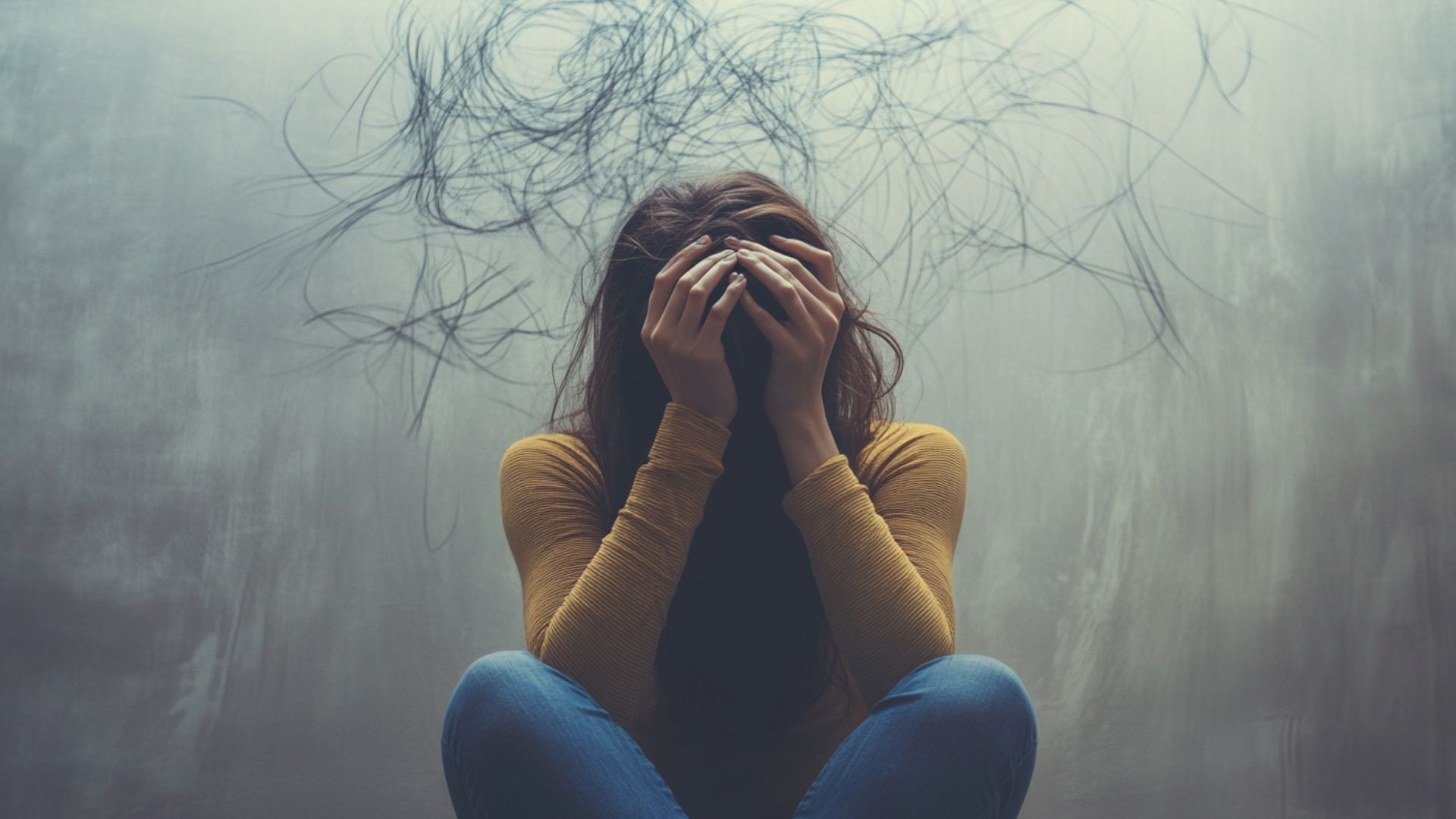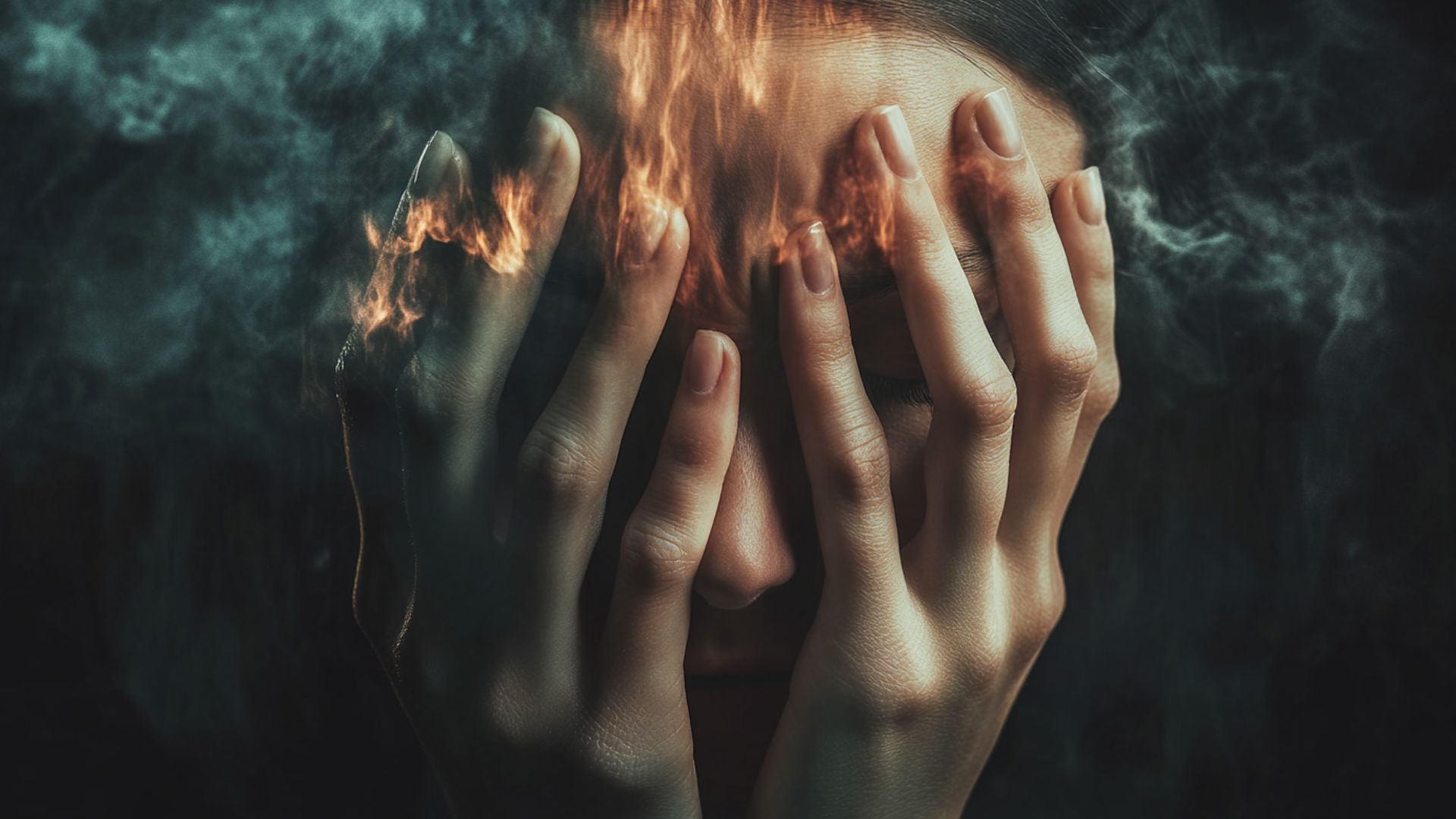Health anxiety turns every symptom into a catastrophe. You Google endlessly, chase reassurance, but peace never comes. Health consciousness listens to your body with calm awareness, focusing on proactive wellness and healthy habits without obsession.
The difference? Anxiety spirals into fear, demanding certainty. Consciousness embraces reality without obsession. Health anxiety drains your life, triggers chronic stress, and masquerades as caring while eroding joy. Consciousness empowers you with stronger immunity and fearless living.
Ready to shift? When panic rises, pause and take a deep breath. Ask: “Is this fear or fact?” Swap doom-scrolling for a walk. Your body thrives on trust, not terror. Choose consciousness.
What Is Health Anxiety
Health anxiety is what the DSM-5 calls illness anxiety disorder (IAD), once known as hypochondria. It’s like having your mind’s smoke alarm stuck on high. A headache becomes a brain tumor. A skipped heartbeat spells sudden death. You know it’s “probably nothing,” yet terror takes control. Your body sends normal signals — fatigue, bloating, the usual stuff — but health anxiety translates them into catastrophe. Reassurance lasts minutes, then one new twinge restarts the whole loop.

Here are the core health anxiety symptoms:
- Catastrophic thinking: Every sensation means something terrible.
- Constant body-checking: Checking your pulse, feeling for lumps, examining yourself in mirrors — sometimes hourly.
- Google spiral: Late-night symptom searches, diving deep into forums, seeking multiple opinions.
- Reassurance-seeking: Test results come back clean, but you still think, “What if they missed something?”
- Avoidance or hyper-vigilance: You either skip exercise “in case it stresses your heart” or exercise obsessively “to stay safe.”
- Withdrawing from life: Canceling plans and isolating yourself “until you’re sure you’re okay.”
It can steal years from your life. The constant cortisol floods actually weaken the immune system you’re desperately trying to protect. Relationships suffer, and joy disappears. The good news? Illness anxiety disorder responds well to CBT and IFS parts work. That scared part just wants proof you’ll keep it safe. Meet it with compassion, not more medical tests. Trade terror for trust — one curious “What are you really afraid of?” at a time.
Signs Of Being Health Conscious
Health anxiety scans for danger. Health consciousness looks for life. You can spot the difference in daily habits:
- Curious check-ins: Asking “How’s my energy today?” instead of checking your pulse every hour.
- Joyful movement: Taking a sunset walk because it feels good, not exercising out of fear.
- Nourishing meals: Eating colorful, satisfying food for pleasure and fuel, not restricting out of fear.
- Rest without guilt: Taking naps when your body needs them, not because you’re panicking.
- One trusted doctor: Going for annual checkups with gratitude, not weekly ER visits.
- Healthy boundaries with Google: Noticing symptoms and deciding “I’ll monitor this for 48 hours” instead of falling into 2 a.m. research rabbit holes.
Health-conscious individuals celebrate small victories, such as improved sleep and clearer skin. Health anxiety overlooks those successes and focuses on the next potential threat. When you swap fear for friendly awareness, your body becomes an ally instead of an alarm system.
Hypochondria Help And Treatment
Hypochondria help is closer than you think — and it works. The key is recognizing it as illness anxiety and meeting it with proven tools.
Here’s what helps with health anxiety:
- CBT (Cognitive Behavioral Therapy): Rewires those “twinge equals tumor” thoughts in 8-12 weeks.
- IFS parts work: Helps you connect with the scared part of yourself with compassion.
- Exposure exercises: Gradually facing fears — like touching doorknobs or resisting Google — helps the fear shrink.
- Medication: Low-dose SSRIs can be beneficial in severe cases when recommended by your doctor.
- Support groups: Free online communities, such as r/HealthAnxiety, show you that you’re not alone.
Anxiety Treatment Options
Anxiety treatment includes several approaches that ease symptoms, improve coping skills, and restore emotional balance. The right plan often combines therapy with lifestyle changes based on your individual needs and symptom severity.
Here are the main anxiety treatment options:
- Therapy: Cognitive Behavioral Therapy (CBT) and exposure therapy help reduce irrational fears.
- Counseling: Provides emotional support and practical coping strategies.
- Medication: Antidepressants or anti-anxiety medications can help balance brain chemistry when needed.
- Lifestyle changes: Regular exercise and a balanced diet significantly improve mental well-being.
- Mindfulness practices: Meditation and breathing exercises calm the mind and lower stress.
With consistent treatment, people can regain control over their thoughts and emotions. Regular check-ins with healthcare providers help track progress and prevent relapse. Combining professional guidance with self-care promotes lasting recovery, enhanced focus, and a more peaceful daily life.
Cognitive Restructuring Techniques
Cognitive restructuring is like an edit button for your anxious thoughts. You can swap catastrophic thinking for reality in just a few minutes. Start by catching the scary thought (“This mole is melanoma”), then challenge it with these four techniques:
- Examine the evidence: List facts that support the fear and facts against it. Usually, the evidence far outweighs your worry.
- Use the best-friend test: Would you tell your friend they’re dying over this symptom? Talk to yourself the way you’d talk to someone you care about.
- Zoom out: Ask yourself, “Will this matter a year from now?” Most health concerns fade away with time.
- Reality-check the catastrophe: Write down the worst-case scenario, the best-case scenario, and the most likely outcome. You’ll usually find that the most likely is much less scary.
Try this on paper or record it as a voice memo. Within a week, you’ll notice that you’re 50% calmer when symptoms appear. Cognitive restructuring doesn’t silence the worried part of your mind — it teaches it to look at facts instead of fears. Tonight, grab your next scary thought, run it through these four steps, and watch it shrink.
Finding Balance Between Health And Anxiety
Finding balance between health and anxiety comes down to small daily practices that shift you from fear to trust.
Here are practical steps to balance health and anxiety:
- Morning body check-in: Place your hand on your heart and ask, “What does my body actually need today?” Listen for genuine needs, such as rest or movement, rather than anxious fears.
- Move for joy: Take a 20-minute walk and name five beautiful things you see. Focusing on your surroundings pulls you out of anxious thoughts.
- Eat well without rules: Fill half your plate with colorful vegetables and enjoy your food. Focus on taste and nourishment, not fear-based restrictions.
- Schedule worry time: Set aside 10 minutes (maybe at 7 p.m.) to write down every “what if.” Then, close the notebook and continue with your evening.
- Practice self-compassion: When anxiety spirals, take a breath and remind yourself, “I’m here and I’m safe.” Try the 4-7-8 breathing technique.
Balance isn’t about being perfect. It’s about choosing trust over terror, one mindful breath at a time. Your body is working for you, not against you. You’ve got this.
Notice how it feels to respond differently to your body’s signals. You might be surprised at how quickly things can change when you approach your health with curiosity instead of fear. Your body has been waiting for this kind of attention — the kind that listens without judgment and responds with care instead of panic.


